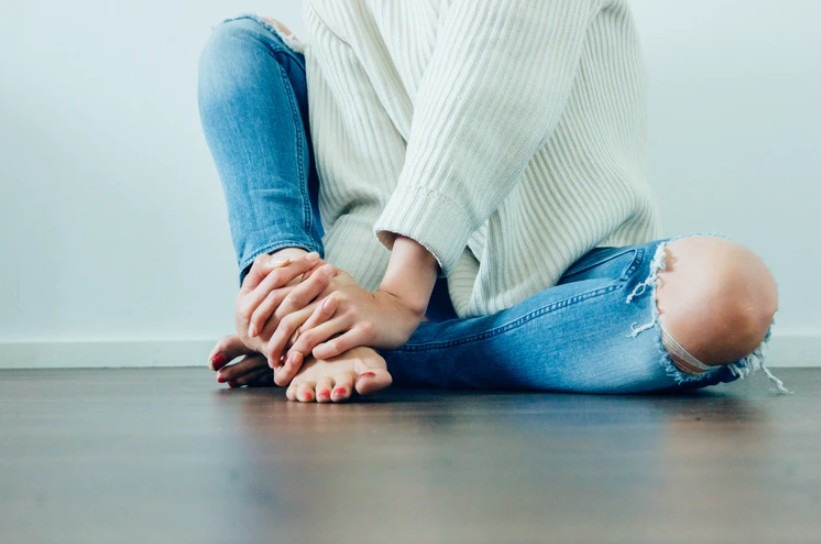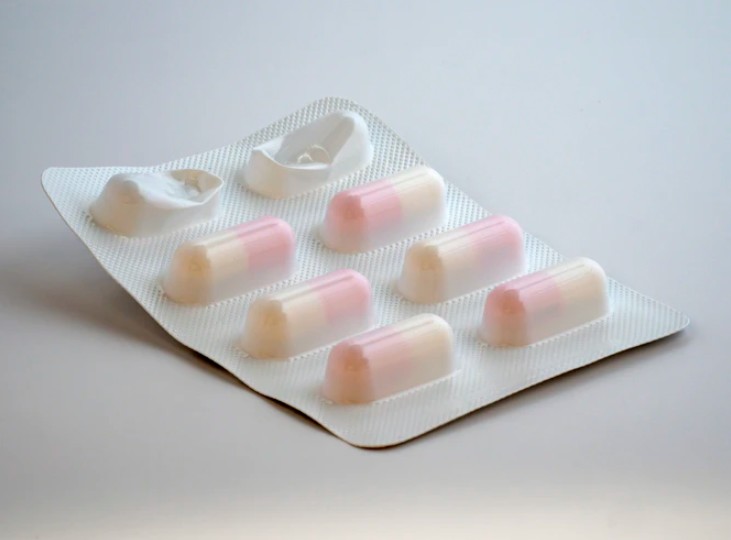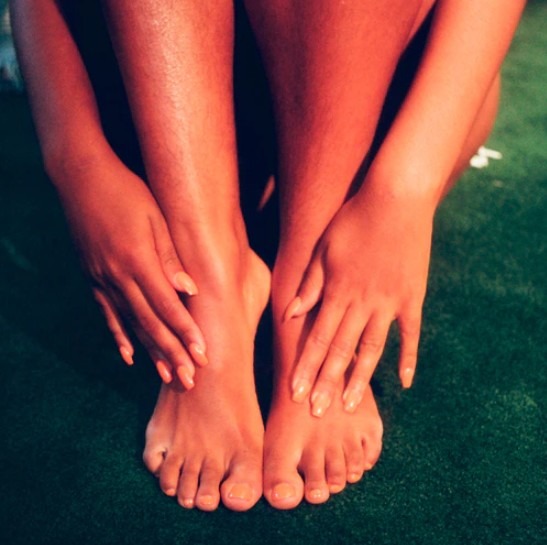What do we know About Plantar Fasciitis?
Plantar fasciitis is inflammation of the thick band of tissue (additionally called a belt) at the lower part of your foot that runs from your impact point to your toes. Specialists once thought hard developments called heel spikes welcomed on the torment. Presently they accept that heel spikes are the outcome not the reason for plantar fasciitis.
With plantar fasciitis, you experience the ill effects of ongoing agony in the lower part of your impact point or the lower part of your foot. While it might feel like irritation, it is related with a degenerative issue including the tissue that interfaces your toes to your heel bone. Plantar fasciitis happens a ton with sprinters and individuals who have level feet, high curves, are overweight, or who are on their feet a ton.
How long will it take?
It can take 6 months or a year for your foot to return to ordinary. You can do these things at home to facilitate the torment and help your foot recuperate quicker.
Tips began
Rest
It’s critical to keep weight off your foot until the irritation goes down.
Ice
This is a simple method to treat aggravation, and there are a couple of ways you can utilize it. To make an ice pack, fold a towel over a plastic sack loaded up with squashed ice or around a bundle of solidified corn or peas. Put it on your heel 3 to 4 times each day for 15 to 20 minutes all at once. Or on the other hand you can fill a shallow skillet with water and ice and absorb your heel it for 10 to 15 minutes a couple of times each day. Make certain to keep your toes out of the water. Another choice is to fill a little paper or froth cup with water and freeze it. At that point rub it over your heel for 5 to 10 minutes. Never put ice straightforwardly on your heel.
Pain relievers
Non steroidal calming drugs (NSAIDs) can cause your foot to feel better and help with inflammation.
Extending and exercise
Stretch your calves, Achilles ligament, and the lower part of your foot. Do practices that make your lower leg and foot muscles more grounded. This can help balance out your lower leg, ease torment, and keep plantar fasciitis from returning.
Athletic tape
Tape can uphold your foot and shield you from moving it such that exacerbates plantar fasciitis.
Shoe embeds
Likewise called insoles, curve upholds, or orthotics, they can give you additional pad and included help. You can get them over-the-counter (OTC) or have them specially crafted. Commonly, your outcomes will be similarly as acceptable, and less expensive, with OTC additions. At the point when you pick one, firmer is better – and ensure it has great curve uphold.
You may likewise observe commercials for attractive insoles to help with plantar fasciitis. Exploration has for the most part demonstrated that these don’t work.
Heel cups
With each progression you take, your heel pounds the ground and puts pressure on your plantar sash. These heel-formed cushions that go from your point of view may help. They raise your heel to diminish pressure and give you additional pad. They frequently don’t fill in just as supplements, however they’re a modest choice to attempt.
Night braces
The greater part of us lay down with our feet pointed down, which abbreviates the plantar belt and Achilles ligament. Night braces, which you wear while you rest, keep your feet at a 90-degree point. So as opposed to shortening your plantar sash, you get a decent, steady stretch while you rest.
Strolling cast or boot
Commonly, your PCP would recommend a mobile cast or boot – called a controlled lower leg movement (CAM) walker – just when different medicines have fizzled. The cast or CAM walker constrains you to rest your foot, which can help alleviate torment. Be that as it may, it is anything but a fix. At the point when the cast falls off, the torment may return. That implies you’ll require different medicines as well, similar to insoles and extending.
Would you be able to Prevent Plantar Fasciitis?
When your foot feels good, you can make a couple of way of life changes to help keep plantar fasciitis from returning.
These include:
Shed pounds
In case you’re overweight or hefty, you may squeeze the lower part of your feet. That weight can prompt plantar fasciitis.
Pick shoes with great help
Supplant your athletic shoes frequently. Avoid high heels.
Try not to go shoeless on hard surfaces. This incorporates your initial barely any means when you get up toward the beginning of the day. It’s entirely expected to feel plantar fasciitis at that point. So you’ll need to keep some steady footwear by your bed. You may likewise need to inquire as to whether it would assist with wearing supplements from your point of view.
Do low-affect work out
Exercises like swimming or cycling won’t cause plantar fasciitis or exacerbate it. After you’re done, loosen up your calves and feet. For example, twist and loosen up your toes and make hovers with your feet and lower legs.
Evade high-sway exercises
These incorporate running and bouncing, which put a great deal of weight on your feet and can make your lower leg muscles tighter on the off chance that you don’t extend them.
Continue doing your leg and foot extends. Two of these include:
Stretch your calves
Stand confronting a divider. Put your hands on the divider. Stage one foot behind the other, keeping the two feet corresponding to one another. Delicately lean toward the divider, keeping your back heel on the ground. Hold for 10 seconds, and afterward switch feet. Rehash a few times on each side.
Stretch the lower part of your foot
Plunk down and traverse your other leg. Hold your toes and delicately twist them in reverse.
Untuck your bed sheets
On the off chance that your sheets are tucked too firmly and you rest on your back, your feet will be in a sharp position while you rest.
Apply lavender fundamental oil
As per a recent report, lavender fundamental oil has calming properties that make it a potential treatment for torment brought about by irritation. Take a stab at weakening a drop or two out of a transporter oil, for example, olive or coconut oil, and kneading it into the bottoms of your feet. You can likewise take a stab at adding a couple of drops to a warm foot shower.
Use orthotics
Your PCP may suggest orthotic shoe embeds or foot cushions to help appropriate your weight all the more equally, particularly in the event that you have high curves. You can prepare them made all things considered drug stores, or your primary care physician can have some made custom for your feet. Following a couple of months, you ought to have the option to quit wearing them.
Massage
You can perform straightforward back rub procedures to mitigate the torment in your heels. Utilize your thumbs to rub your curves and impact points, working from the wads of your feet up to your impact point. You can likewise utilize a golf ball to knead your curves. Put your foot on the golf ball, cling to a steady thing, and roll the golf ball under your curves. Or you can use right foot massager for plantar fasciitis
When to see a specialist
Sometimes, you may require extra treatment for plantar fasciitis. On the off chance that your foot torment doesn’t react to any home medicines, contact your PCP. They might need to do some extra testing or take some X-beams to preclude some other reasons for your foot torment. For extreme plantar fasciitis, you may likewise require non-intrusive treatment or steroid infusions.
What if Planter Fasciitis left untreated
As though the initial steps up in the first part of the day aren’t agonizing enough effectively, numerous individuals endure horrible feelings in their feet as they limp their way to the washroom.
That morning indication is a sign of plantar fasciitis, a typical wellspring of impact point torment, which thusly is the top tenacious foot disease and among the most crippling, as per the American Podiatric Medical Association. A 2009 affiliation study found that 40% of Americans have endured heel torment, and in 60% of those cases it has meddled with individuals’ day by day exercises.
The torment is barely noticeable from the outset, as it facilitates after you stroll around a piece. Be that as it may, it’s incautious to leave it unchecked. “It is such a great amount of harder to dispose of heel torment the more you let it go,” said Marlene Reid, co-proprietor of Family Podiatry Center in Naperville, Ill., and leader of the Illinois Podiatric Medical Association.
Conclusion
Plantar fasciitis makes news when it sidelines proficient competitors. In spite of the fact that taking part in demanding games is one approach to tear and arouse the sash, different causes flourish, for example, being overweight, having high curves or level feet, standing or strolling for extensive stretches on hard surfaces, for example, concrete, or wearing unsupportive shoes.
Open-obeyed shoes, for example, flip-lemon, slides or shoes are regular guilty parties, as are new shoes your feet aren’t acquainted with and old shoes with destroyed impact points, Reid said. This is one of only a handful barely any conditions for which high heels are not the scalawags.
The pain, concentrated where the impact point meets the curve of the foot, is most exceedingly awful in the first part of the day on the grounds that the tendons fix and liquid amasses at the aroused zone while you rest. It dies down after you stroll around for a couple of moments, yet a dull hurt ordinarily returns later in the day, particularly after you’ve been sitting or representing quite a while.
Warning
Whenever left untreated, the side effects can change, with the pain extending and enduring past the morning. By then, the condition transforms from intense irritation to a persistent issue and from plantar fasciitis to plantar fasciitis, when scar tissue impedes the recuperating cycle.
It’s ideal to treat plantar fasciitis at the principal indications of pain, and an excursion to the podiatrist is prudent to preclude different causes.



